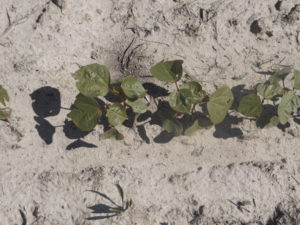
To Mix or Not to Mix…..Herbicides and Acephate
I have received several calls concerning mixing herbicides and acephate (Orthene). With challenging weather comes the urgency to save …



El inglés es el idioma de control de esta página. En la medida en que haya algún conflicto entre la traducción al inglés y la traducción, el inglés prevalece.
Al hacer clic en el enlace de traducción se activa un servicio de traducción gratuito para convertir la página al español. Al igual que con cualquier traducción por Internet, la conversión no es sensible al contexto y puede que no traduzca el texto en su significado original. NC State Extension no garantiza la exactitud del texto traducido. Por favor, tenga en cuenta que algunas aplicaciones y/o servicios pueden no funcionar como se espera cuando se traducen.
Inglês é o idioma de controle desta página. Na medida que haja algum conflito entre o texto original em Inglês e a tradução, o Inglês prevalece.
Ao clicar no link de tradução, um serviço gratuito de tradução será ativado para converter a página para o Português. Como em qualquer tradução pela internet, a conversão não é sensivel ao contexto e pode não ocorrer a tradução para o significado orginal. O serviço de Extensão da Carolina do Norte (NC State Extension) não garante a exatidão do texto traduzido. Por favor, observe que algumas funções ou serviços podem não funcionar como esperado após a tradução.
English is the controlling language of this page. To the extent there is any conflict between the English text and the translation, English controls.
Clicking on the translation link activates a free translation service to convert the page to Spanish. As with any Internet translation, the conversion is not context-sensitive and may not translate the text to its original meaning. NC State Extension does not guarantee the accuracy of the translated text. Please note that some applications and/or services may not function as expected when translated.
Collapse ▲
I have received several calls concerning mixing herbicides and acephate (Orthene). With challenging weather comes the urgency to save …
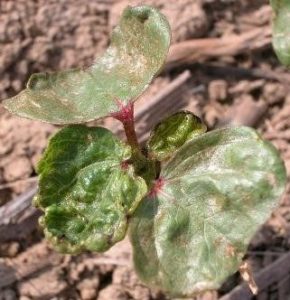
What is the growth stage of the cotton? I cannot stress the importance of this point. Cotton is the …
Wheat crops that are flowering now in northeast NC are at moderate risk of scab. Much of the crop there …
For wheat flowering now, scab risk is low across North Carolina due to recent dry weather. Rain predicted for April 23-28 will …
Wheat scab risk is moderate to high for wheat flowering now in coastal NC counties. These include south Columbus, …
This is the first North Carolina small grain scab risk commentary for the 2018 scab monitoring season. In most of NC, …
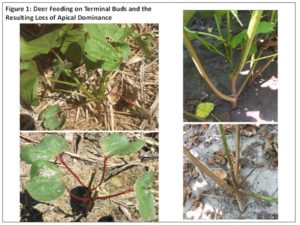
In recent years, many growers have noticed an increasing incidence of deer feeding in young cotton. There are many …
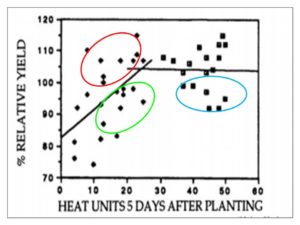
As mentioned in the previous article, the past two years have brought significant challenges throughout much of our planting …
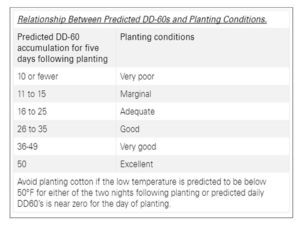
At this point in the game, there is no need in predicting what the weather will hold for the …
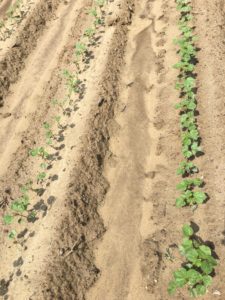
Tobacco thrips are the most common thrips species that infest North Carolina cotton. Because most tobacco thrips populations are …

The 1st Annual Chatham County Spring Ag Fest on March 24, 2018, was a huge success with an estimated crowd …
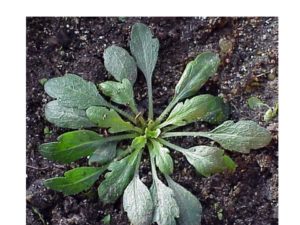
The second half of March through the first week in April is normally the ideal time for burndown applications …
North Carolina required training for the use of registered auxin herbicides (Engenia, Enlist Duo, Enlist One, FeXapan, XtendiMax) in …
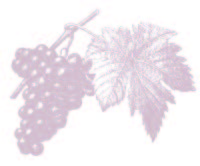
Grapevines require 16 essential nutrients for normal growth and development (Table 9.1). Carbon, hydrogen, and …
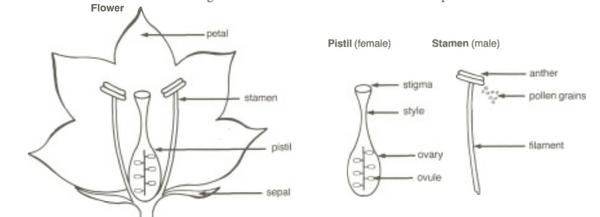
This guide presents basic facts about seeds, including how they develop, how to store and …
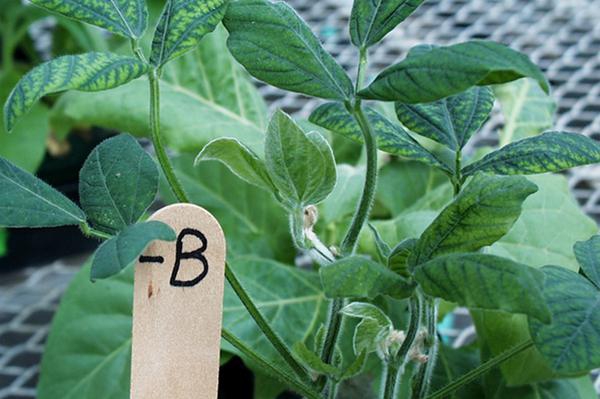
This Soybean Nutrient Deficiency Information factsheet describes the symptoms and management of boron deficiency in …
This Soybean Nutrient Deficiency Information factsheet describes the symptoms and management of zinc deficiency in …

This Soybean Nutrient Deficiency Information factsheet describes the symptoms and management of molybdenum deficiency in …
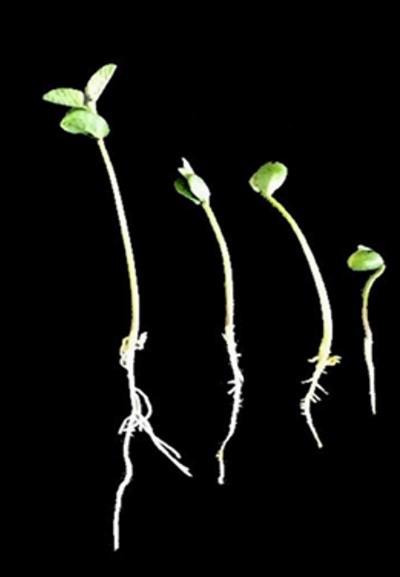
This Soybean Nutrient Deficiency Information factsheet describes the symptoms and management of aluminum toxicity in …
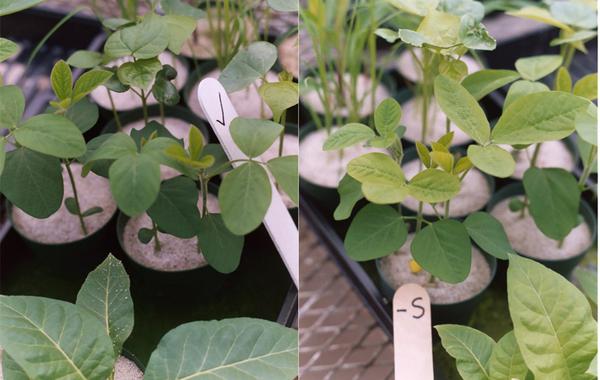
This Soybean Nutrient Deficiency Information factsheet describes the symptoms and management of sulfur deficiency in …

This Soybean Nutrient Deficiency Information factsheet describes the symptoms and management of magnesium deficiency in …